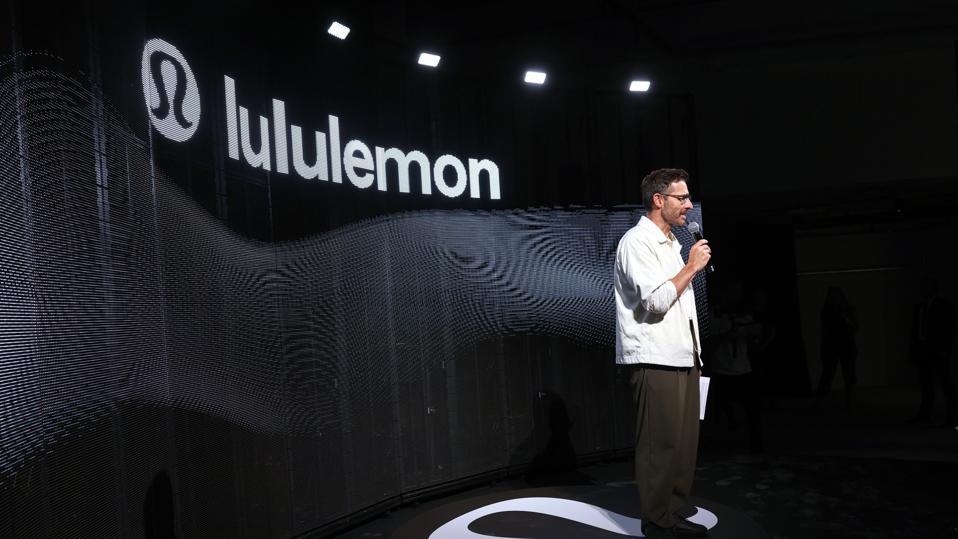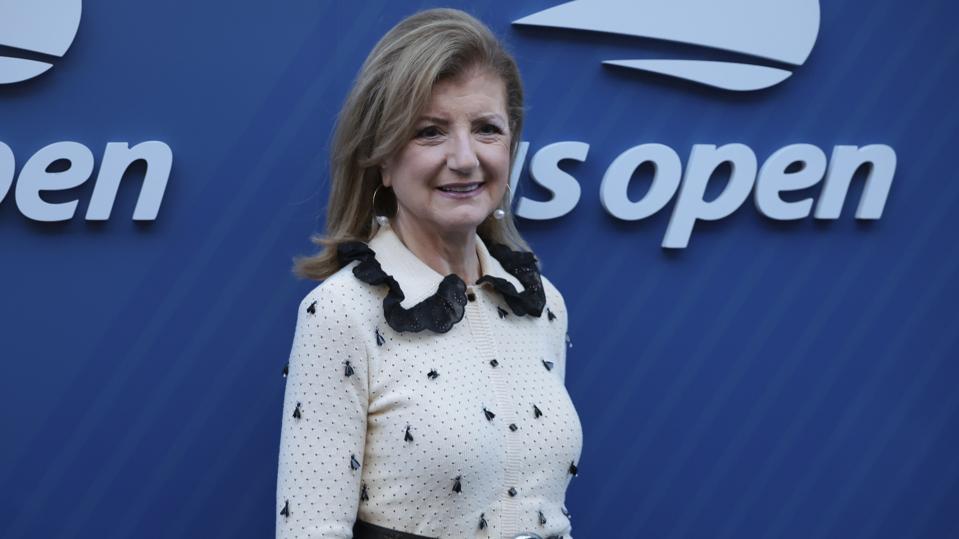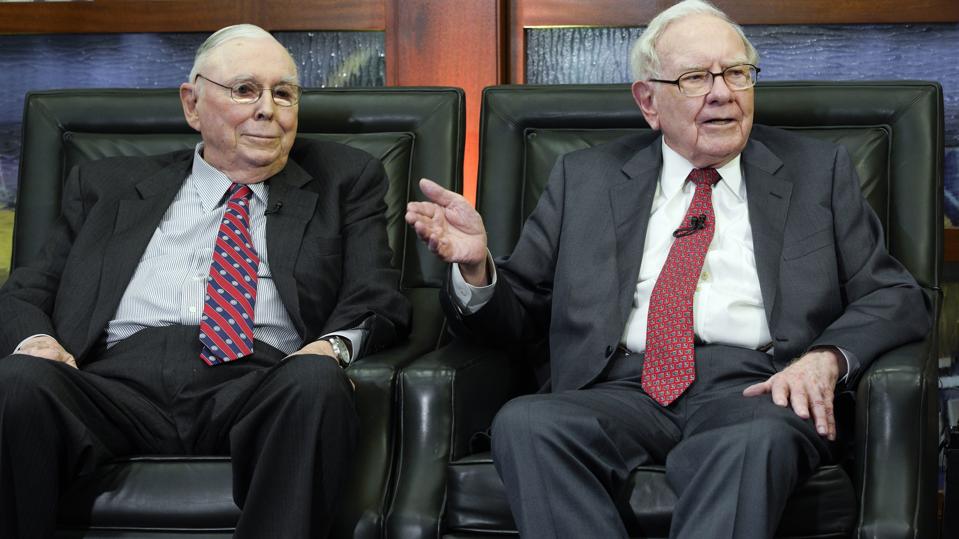Today's Special Edition Tackles Executive Stress And Burnout |
| It’s been a stressful year for business executives. Brand new tariffs often ping-ponging multiple times in amounts and effective dates, new federal crackdowns on foreign workers, shifts in tax codes, rapidly developing AI technology that could upend industry, geopolitical upheaval, violence and threats against business leaders, still-high interest rates and low consumer confidence in the economy have made 2025 a banner year for burnout and stress. Through the end of July, 1,358 CEOs have left their jobs—more than during the entirety of 2022—according to a new report from executive outplacement firm Challenger, Gray & Christmas. And those who aren’t leaving are having a more difficult time. A survey from business insurance company Sentry found that two-thirds of executives were more stressed out in 2025, with economic uncertainty and supply chain challenges being the two biggest challenges they faced. Stress levels are likely higher now; the survey was published in February, within two weeks of President Donald Trump’s second inauguration, and the survey itself was conducted at the end of 2024. How can business leaders handle all of this stress without burning out, making poor decisions or going crazy? I spoke with David Astorino, a senior partner at RHR International, who specializes in holistic health and well-being coaching for CEOs, about how to manage the pressures business leaders face today.
Today’s edition of Forbes CEO is dedicated to this conversation, which has been lightly edited for length, clarity and continuity. We’ll also offer advice on how to stay healthy in mind, body and spirit and give your best effort to your company. |
|
 | | David Astorino, senior partner at RHR InternationalRHR |
|
| Stress is fundamentally neither good nor bad. It is required for growth. Muscles are built only by stressing them through lifting weights or other physical activity. And our mental capacity grows as we work through complex situations. But right now, Astorino said, CEOs who thought their jobs would be like driving on a three-lane road are instead finding themselves on a 12-lane highway in a warzone. The big five issues that business leaders deal with—geopolitics, technology, economics, social issues and the environment—are all full of controversy and uncertainty. “Just take those macro factors,” said Astorino. It’s like “gasoline poured on every single one of them. Not just one. Not geopolitics. It’s not just technology. All of them at the same time.” Most CEOs rise to their position because they have an internal drive to do what’s best for their companies, customers, shareholders, industry and employees. Astorino said they were already grappling with issues such as how to incorporate AI technology to achieve efficiency and savings and making the right workforce changes. Sourcing and supply chains were crucial in pre-tariff days, as CEOs sought to make decisions that were both cost-effective and sustainable, while also supporting human rights. But today’s world is suddenly adding more issues—many of them at a more existential level—to what CEOs are thinking about. And that’s why, Astorino said, executive coaching and destressing are also of utmost importance. “Their nervous systems are overheating… because the demands are just incredible,” Astorino said. “And so they can’t think straight if they’re not physically recovered and strong. If they’re emotionally centered and focused, then they can engage their thinking abilities so they can make the best decisions in a very insane environment.” |
|
 | | Lululemon CEO Calvin McDonald speaks during a media event in July 2025 in London. McDonald is also an accomplished triathlete who competes regularly. MAX CISOTTI/DAVE BENETT/GETTY IMAGES FOR LULULEMON |
|
| Astorino said most business leaders are falling into one of three distinct categories in terms of their physical health and stress management. About 15% are “obsessed health optimizers,” doubling down on physical health, running triathlons or lifting heavy weights. “Partly it’s out of distraction, partly it’s out of trying to make themselves superhuman,” Astorino said. About half are going the other direction: getting more and more unhealthy under the stress. This group, Astorino said, wasn’t completely tuned into health before, so they didn’t have any habits or rituals in place for exercise or healthy eating. They’re leaning into less physical activity, more unhealthy eating, less sleep, more frantic thought patterns—and consequently less emotional stability. Astorino said these are not CEOs who are ill-suited to the job. “These are CEOs who are used to succeeding. Partly because they‘ve been very successful, they may have never failed,” he said. “Now they’re running into these complex problems that we’re talking about, and starting to feel imposter syndrome.” The rest, Astorino said, aren’t moving to either health extreme, but are still in need of emotional and mental support. They just aren’t letting their stress change their physical behaviors. |
|
 | | Arianna Huffington, Founder and CEO of Thrive Global, has written best-selling books on sleep and well-being. JEAN CATUFFE/GC IMAGES |
|
| Returning a CEO’s physical health to a reasonable place is a good jumping off point, Astorino said. For those who have stopped thinking about their own health, he often works with medical professionals to paint a picture of how the CEO’s body is operating: taking blood tests, tracking sleep and looking at their diet. When all of that has been assessed, Astorino said he breaks down the actions that need to be taken to improve things. Getting enough sleep is a good place to start. After sleep, cutting back on alcohol and caffeine can be helpful. And then some exercise to rebuild metabolic health. That’s enough for a basic health base, which Astorino said can be built on. For the CEOs who are doubling down on physical health, Astorino said they should think about professional athletes. While these top-tier athletes do train every day, they’re only performing 30% of the time. The other 70%, they’re recovering. Without adequate physical recovery, Astorino said, every human’s body and mind will stop functioning well. “CEOs are really in the performance zone. They’re performing 90% of their day,” Astorino said. “Every conversation they show up to, there’s a decision to be made, or there’s someone you’re going to impact in your organization or outside of your organization. So if you don’t show up in performance mode, it’s not great. That self-awareness, energy management and ability to be present are so important.” For all CEOs, emotional health also needs some attention. An outside counselor or coach is best for this, Astorino said. After all, the CEO is the most powerful person at a company—which means that others underneath them may have a difficult time being honest with them. “We want CEOs showing up as emotionally attuned as possible, whether that’s showing up to inspire you on the vision of the company, or to be a little tougher on the performance,” he said. “How I do that is so critical because it just cascades and has ramifications throughout the whole company.” Astorino said they always take the time to have conversations with CEOs. Has anything moved them from their emotional center? Did they react appropriately? Did they get too angry or upset and do anything they shouldn’t have? Talking things through is helpful for understanding, Astorino said, and allows CEOs to keep their energy clean. |
|
 | | Berkshire Hathaway Chairman and CEO Warren Buffett, right, and his late Vice Chairman Charlie Munger speak during an interview in May 2018. Buffett is known for delegating and a "hands off" leadership style. NATI HARNIK/ASSOCIATED PRESS |
|
|
While the CEO under fire might feel like they can handle all their company’s problems if only they work harder or do more, Astorino said that’s not the case—and could be a sign of imminent danger. Doing more and working harder is not a guarantee of growth or success, especially when so much uncertainty and so many unknowns are in the air. CEOs need to realize that they have an impossible job right now, Astorino said. It’s okay to try to do an impossible job, but he said they need to accept that life in the business world doesn’t automatically work out with a linear progression to success. As is clear to anyone who is involved in running or advising any business today, even small things could easily cause massive disruptions, and the future is full of unknowns. “That’s hard for people,” Astorino said. “Who wants to be a CEO? Who wants to be a business leader? They want to solve problems. They want to win. They’re competitive and they are ambitious, and they want to have the mantle of responsibility.” “And so you have to allow a lot more space to tolerate things that I cannot control,” he said. Astorino said CEOs need to think about work using a more Eastern-style philosophy: Some things cannot be controlled and must be accepted—but they need mental clarity to think about the decisions that remain. CEOs also need to rely on their teams and realize they physically can’t improve the company single-handedly, Astorino said. A great superpower for a CEO to have—especially in crazy times—is knowing where their own weaknesses lie, and finding the right people with those strengths to work in key positions. |
|
| While the last several months have been chock full of changes, things don’t look like they’re calming down any time soon. In fact, Astorino said, developments in AI, policy, geopolitical relations and the economy are likely to accelerate both change and complexity. The CEOs who are handling this stress the best are those who have accepted the situation and are concentrating on the changes they can make, he said. Getting to this point, however, takes time and patience. People can’t always change quickly. But they need to work through it, try to embrace healthy habits, talk about their problems, accept what they can’t change, and focus on what they can. Astorino says it can be a long process to work with a CEO through times like this. “You have to do a lot of educating and undoing, and then you have to try just one or two things at a time to change the way they engage and interact, and the way they manage themselves,” he said. “You can’t do it all at once. It is a journey.” |
|
| The metaphoric fire alarm is blaring in business today. To better plan for those emergencies, take a page out of a hospital’s strategy: They’re prepared to consistently work hard through any crisis. If you’re one of those leaders who’s always up and busy at 5:00 a.m., ask yourself: What are you trying to prove? In her book Smarter, Emily Austen writes that leaders have permission to follow their own playbook for success, which doesn’t have to include trying to impress LinkedIn with photos of yourself working before the sun is up. |
|
| | The newly merged Paramount Skydance is already open to M&A. Which company is it reportedly looking to bid on? | | A. | Warner Bros. Discovery | | B. | Comcast | | C. | Naspers | | D. | Nexstar Media Group |
| | Check if you got it right here. |
|
|